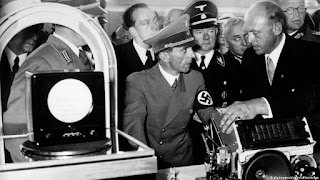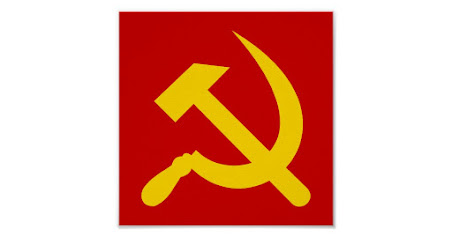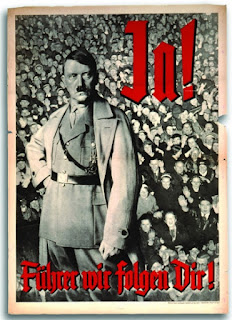Propaganda and Politics

Introduction The propaganda image fulfills different functions (persuasive, informative, aesthetic, phatic, metalinguistic, descriptive) one of these is the motivating or expressive one that seeks to attract attention through feelings or emotions, as well as television spots through a series of connotative images draw attention and provoke recognition of a given situation and turn it into a banner (metaphorically) of struggle based on reality, that is, a common code among people. References: Burgess, M. (2022, August 27). A US Propaganda Operation Hit Russia and China With Memes . WIRED. Retrieved December 12, 2022, from https://www.wired.com/story/us-propaganda-russia-china-memes-security-roundup/



